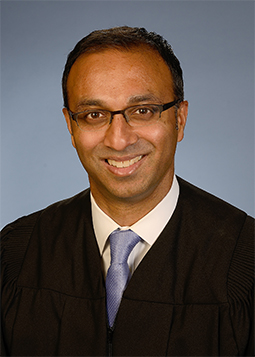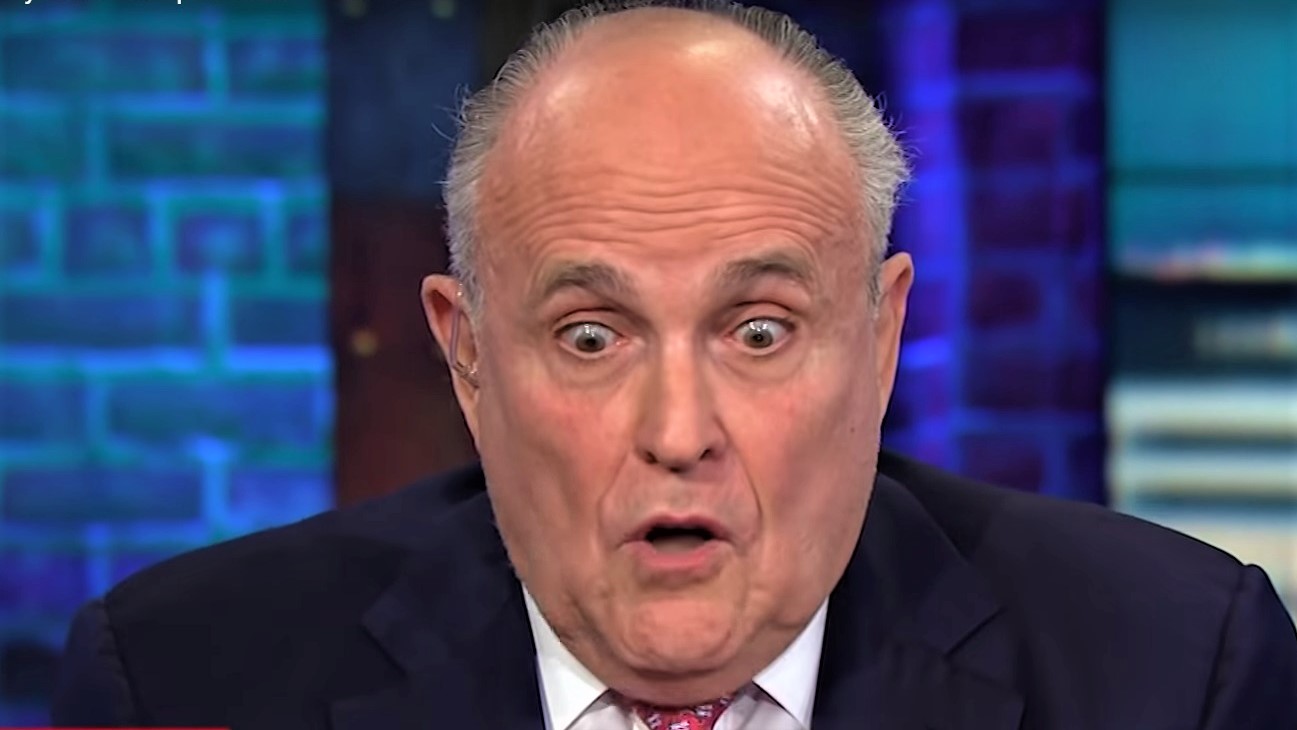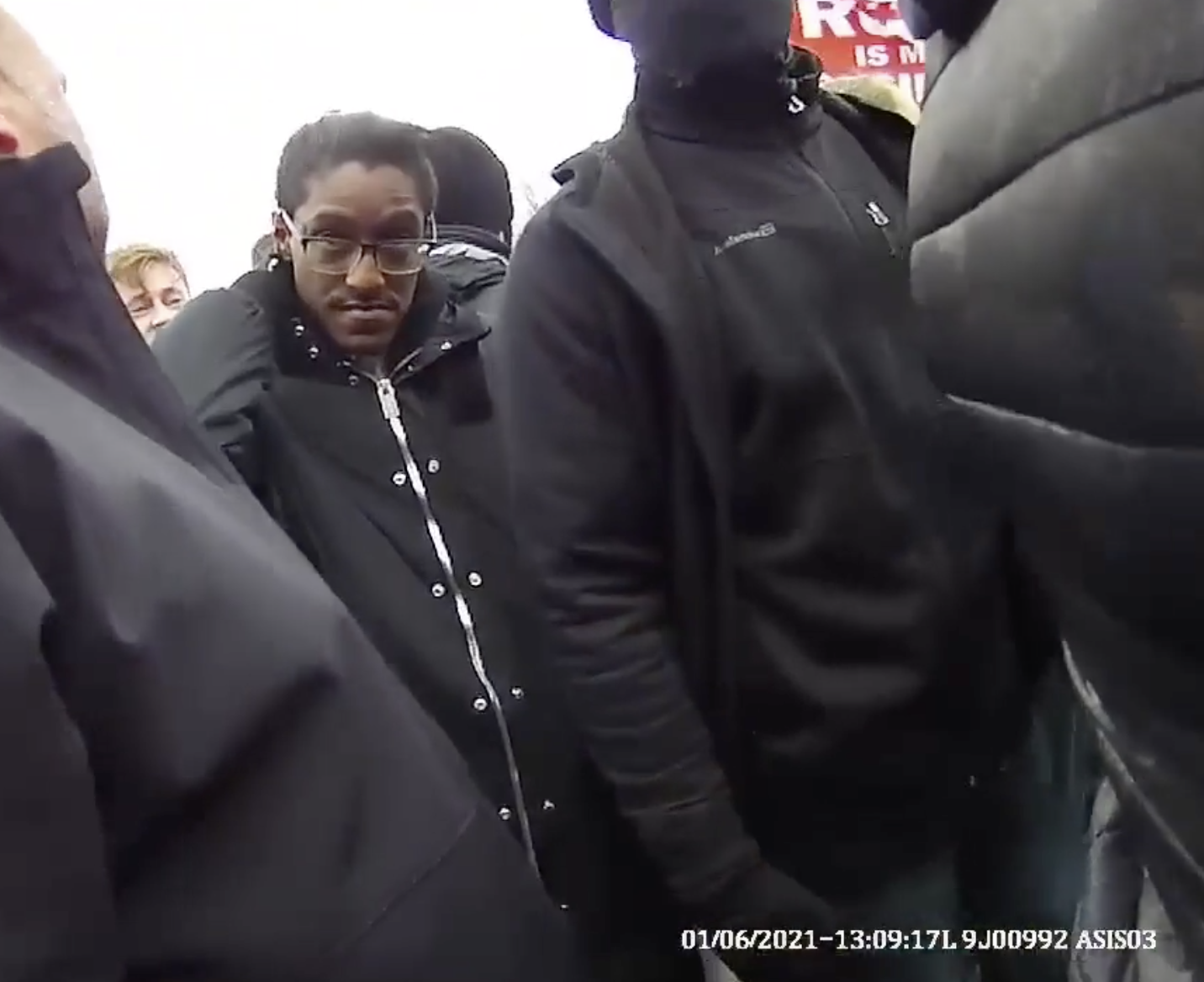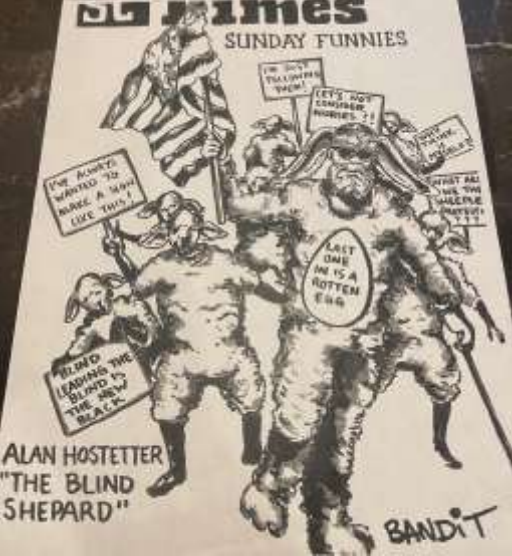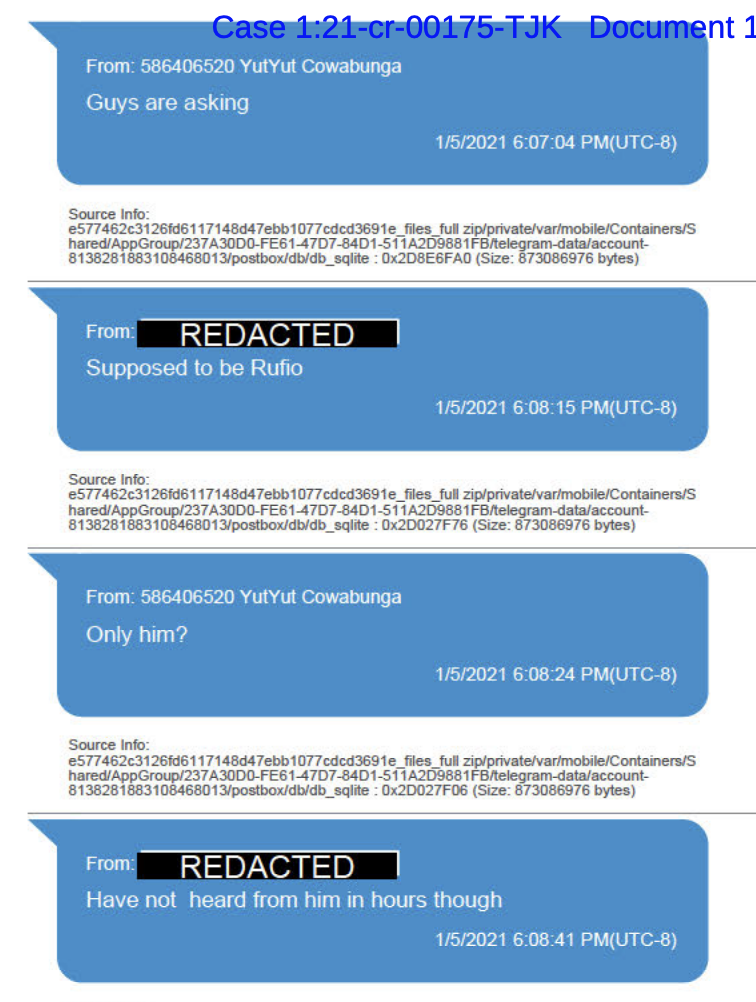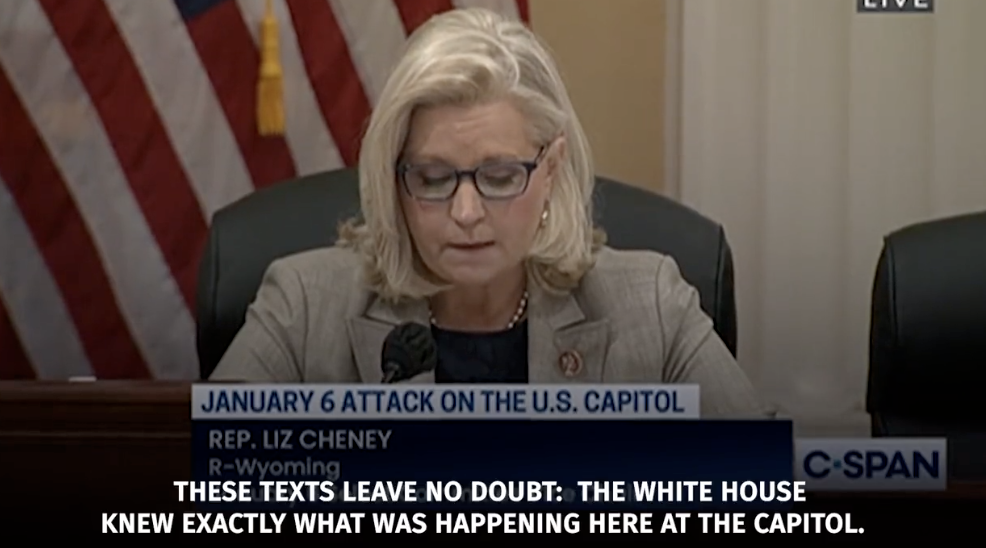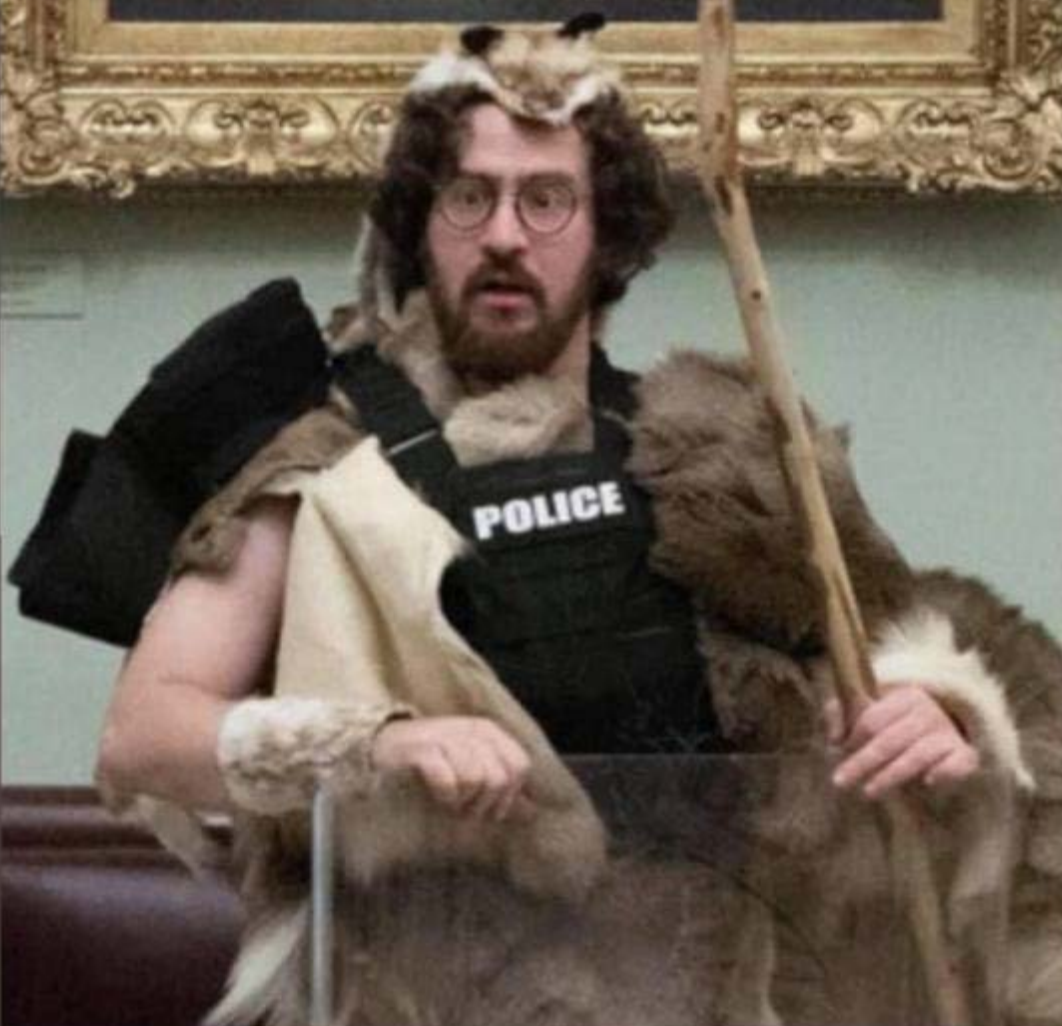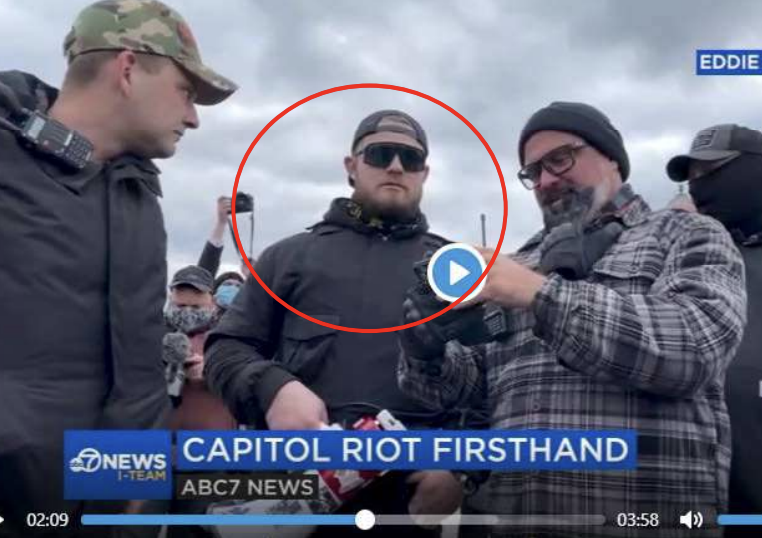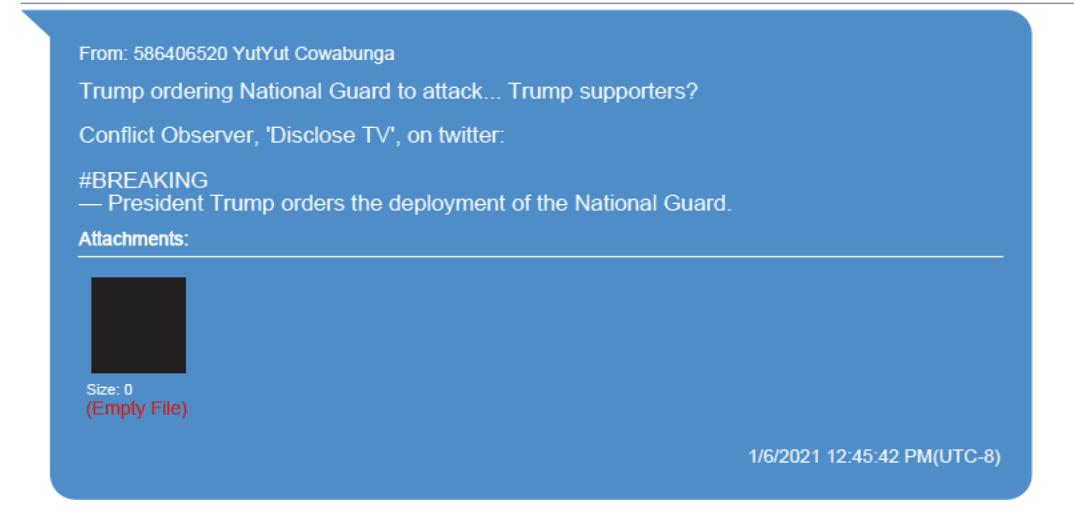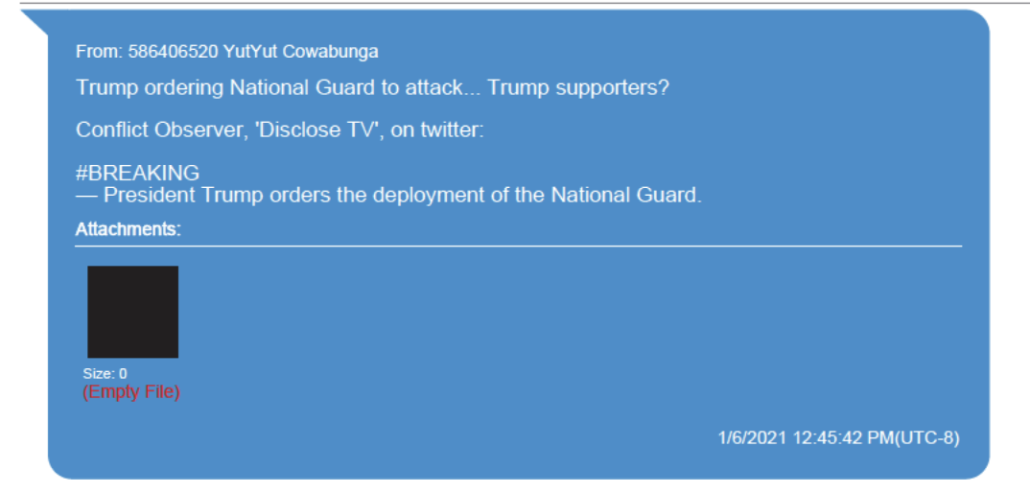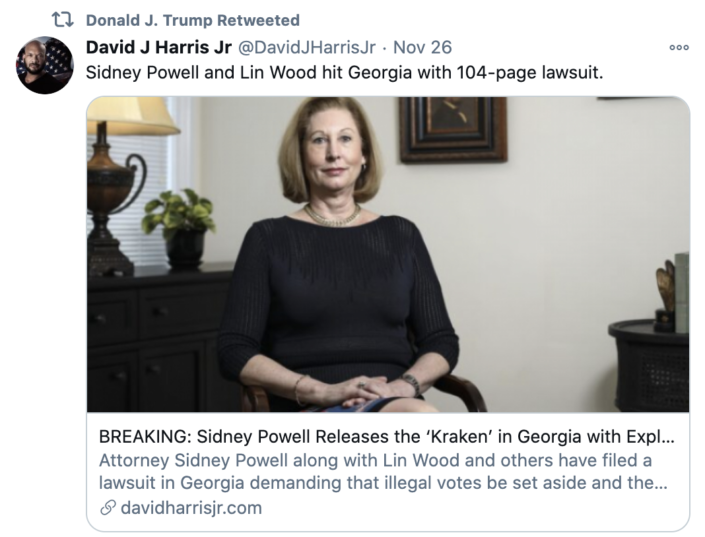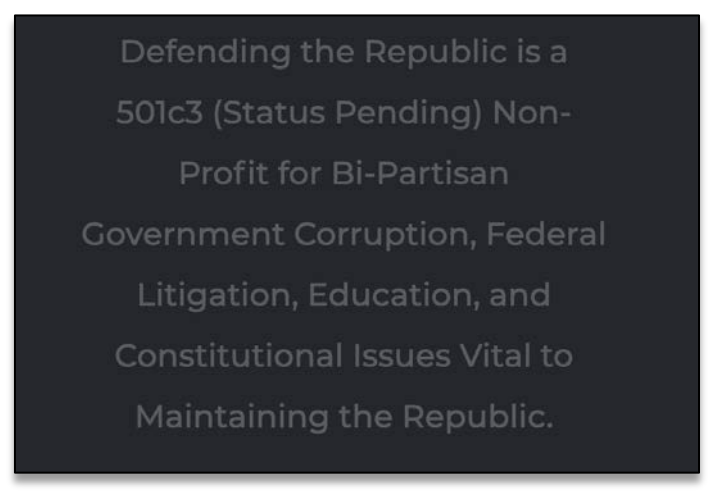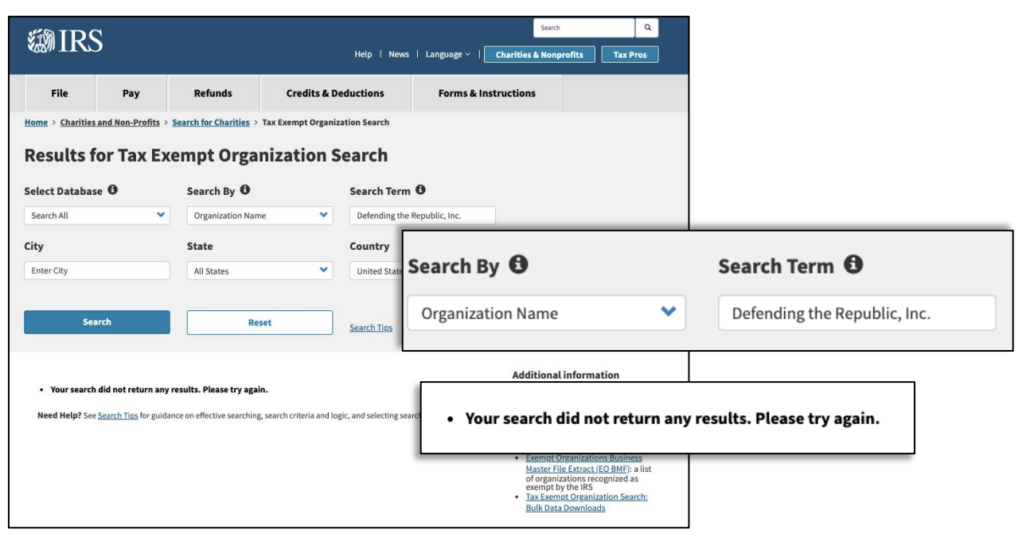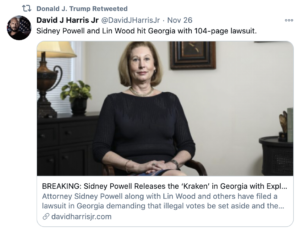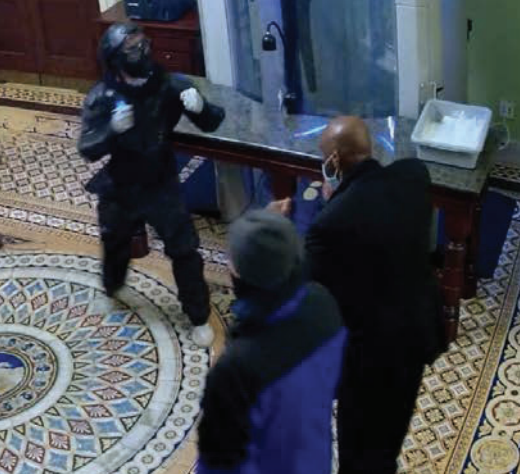The Intransitive Corruption of the Oath Keepers
In a 49-page opinion upholding the government’s application of obstruction to January 6, Judge Amit Mehta lists using encrypted communications during the January 6 operation among the means by which the defendants are alleged to have obstructed the vote count.
Section 1512(c)(2) targets only “corrupt” acts of obstructing, influencing, or impeding an official proceeding. Therefore, it does not “proscribe lawful or constitutionally protected speech.” Thompson, 76 F.3d at 452. And the indictment here reflects that the government is not prosecuting protected speech. Rather, it charges Defendants with conspiring “to stop, delay, and hinder the Certification of the Electoral College vote.” Indictment ¶ 38. They allegedly carried out the conspiracy by various means, including “[a]greeing to participate in and planning an operation to interfere with the Certification of the Electoral College vote on January 6, 2021,” i.e. “the January 6, operation,” id. ¶ 39a; bringing and contributing paramilitary gear and supplies—including firearms—for the January 6 operation, id. ¶ 39f; forcibly storming past exterior barricades, Capitol Police, and other law enforcement officers to enter the Capitol building, id. ¶ 39j; and using encrypted communications during the January 6 operation, id. ¶ 39k. If the government can carry its burden of proof at trial, a conviction of Defendants premised on such activities would not violate the First Amendment.
I start with that detail not to raise concerns that Mehta is criminalizing Signal in the way DOJ always likes to — though it is a concern — but to note that Mehta does not distinguish obstruction, as Dabney Friedrich did, at least with respect to Ronnie Sandlin and Nate DeGrave, solely by illegal activities.
That’s important because (in part because Mehta was addressing the filings of about 6 defendants) this opinion is likely to be the one that the DC Circuit and SCOTUS look to when defendants inevitably appeal obstruction convictions.
In addition to being very thorough, Mehta provides all the context, historical background, and translation from the Latin to make this opinion accessible to those trying to figure out what the challenge is about.
While the opinion is, generally, a point by point rejection of each of the challenges that defendants have brought against this application, two moves Mehta makes are worth noting.
Mehta relies on 1512(d) to lay out a limiting principle
First, to rebut several kinds of arguments that 1512(c)(2) can’t be applied to the occupation of the Capitol as a means to obstruction the vote certification because other parts of the law would apply, Mehta focuses on part of the law that Friedrich addressed in a hearing but largely ignored in her opinion: 1512(d)(1). He does so several times, first in dismissing a Begay challenge that would require 1512(c)(2) to treat the destruction of evidence. He points out that 1512(d)(1) contemplates obstruction to include preventing someone from attending an official proceeding.
Defendants also colorfully assert that the government’s interpretation of section 1512(c)(2) “out-Begays Begay.” Crowl Suppl. Br. at 10. That is so, according to Defendants, because the offenses charged in Counts One and Two are not only dissimilar to the evidence spoliation prohibited by section 1512(c)(1) but also dissimilar to “[e]very crime in §§ 1512(a)–(c)(1) and (d),” which are “designed to affect the integrity or availability of evidence in a proceeding.” Crowl Suppl. Br. at 10. That characterization is simply not correct. Subsections (a) and (b) are, concededly, largely aimed at proscribing conduct that affects the presentation of evidence at an official proceeding—but not entirely. Each subsection also makes unlawful certain acts that cause another to “hinder, delay, or prevent the communication” of an offense to law enforcement and judicial officers. 18 U.S.C. § 1512(a)(2)(C), (b)(3). What’s more, subsection (d) has little to do with the presentation of evidence. It does, in one of four subparagraphs, prohibit harassment of another person to hinder, delay, prevent, or dissuade giving “testi[mony] in an official proceeding,” id. § 1512(d)(1), but the same subparagraph makes unlawful harassment that affects mere “attending” of an official proceeding, id., and the remaining subparagraphs concern the reporting of crimes or other violations to law enforcement and judicial officers, id. § 1512(d)(2)–(4). Thus, section 1512 is not, as Defendants contend, targeted exclusively at protecting the presentation of evidence at an official proceeding.
He then returns to 1512(d) to respond to surplusage claims that the application of 1512(c)(2) to obstructing the vote count would be covered elsewhere by focusing on the mens rea requirement.
[I]f there is a concern about the breadth of section 1512(c)(2) it would be with respect to its impact on section 1512(d), which imposes only a three-year maximum penalty. The “harass[ment]” prohibited by section 1512(d) arguably could be swept up by section 1512(c)(2)’s broad proscription, transforming three-year felonies into 20-year felonies, thereby vesting substantial leverage in charging and plea bargaining to prosecutors. But section 1512(d) is different two critical respects. One, it requires only that the person act “intentionally,” and not “corruptly.” That more stringent mens rea element serves as an important barrier to charging mere harassment as a 20-year felony. And, two, as discussed, subsections 1512(d)(2) through (d)(4) extend to acts not impacting official proceedings. So, even a broad understanding of section 1512(c)(2) will not render 1512(d) obsolete.
Mehta’s treatment of 1512(d) does a whole lot of work here, work barely touched on by defendants, because it both proves that Congress did intend attendance at official proceedings to be covered by the statute, but also sets a limiting principle — mens rea — that Mehta (and Randolph Moss) were seeking.
Mehta’s response on constitutional avoidance
I’m also interested in Mehta’s response to a challenge brought by James Beeks, who by dint of being arrested very recently, contributed to this challenge at a very late date. He argues that to avoid constitutionality problems, 1512(c)(2) must be limited to evidence.
To “sidestep constitutional quicksand,” Defendants Beeks contends, these principles compel a construction of section 1512(c)(2) that reaches “only its core conduct—acts that affect the integrity and availability of evidence used in an official proceeding.”
I’m interested in Mehta’s treatment of this not because I think — particularly given what Mehta does with 1512(d) — that it has merit.
But I think this treatment of McConnell may not be enough to convince SCOTUS.
McDonnell v. United States does not demand a more restrictive reading, either. There, the Court rejected the government’s reading of the term “official act” in 18 U.S.C. § 201 as reaching “nearly any activity by a public official.” 579 U.S. , , 136 S. Ct. 2355, 2368 (2016). The government had urged that the term “official act” include “workaday functions,” such as “setting up a meeting, calling another public official, or hosting an event.” Id. at 2368. The Court read “official act” as encompassing only a “formal exercise of governmental power” that is “specific and focused” on a pending matter or one that may be brought before a public official. Id. at 2372. This narrowed reading avoided a “vagueness shoal.” Id. at 2373 (quoting Skilling, 561 U.S. at 368). The vagueness concerns that animated McDonnell are not present here. For one, the Court expressed worry that the government’s essentially unbounded definition of “official act” would chill the conduct of public officials who, as a matter of course, made meeting arrangements and contacted other officials for constituents. Id. at 2372. If such constituents made campaign contributions or extended invitations to the public official, as often happens, “[o]fficials might wonder whether they could respond to even the most commonplace requests for assistance, and citizens with legitimate concerns might shrink from participating in democratic discourse.” Id. Such concerns are less pronounced here. Their alleged actions were no mere political protest. They stand accused of combining, among themselves and with others, to force their way into the Capitol building, past security barricades and law enforcement, to “stop, delay, and hinder the Certification of the Electoral College vote.” Indictment ¶ 38. Prosecuting such conduct under section 1512(c)(2) poses little risk of chilling otherwise protected activities. The Court in McDonnell also was concerned that the “standardless sweep” of the government’s proposed definition could subject public officials, without fair notice, to prosecution/potential criminal liability “for the most prosaic interactions.” 136 S. Ct. at 2373 (internal quotation marks omitted). A straightforward reading of section 1512(c)(2), by contrast, would have provided these Defendants with sufficient notice that their alleged acts, even though not affecting evidence, put them in danger of prosecution. Even if there were a line of ambiguity inherent in section 1512(c)(2), their alleged acts went well beyond it.
When these challenges get to SCOTUS, you’ll not only have the possibility that the Republican majority will be hunting for some way — and given this court, it doesn’t even have to be credible — to help out the mobsters who tried to keep Trump in power. But you’ll also have a thin-skinned Brett Kavanaugh who is still smarting over the fact that his past abuse of women became an issue in his confirmation. And defendants are already arguing that the Kavanaugh protests — which featured, separately, protestors who breached police lines and protestors who (after having gone through security and waited in line for a seat) interrupted the official proceeding — are indistinguishable from January 6.
And so if SCOTUS decides they want to fuck with Mehta’s ruling, this may be the place they do so, relying on John Roberts’ opinion in McDonnell to say that it’s just too confusing to distinguish prosaic things like disrupting a hearing. I’m not arguing it would be legally sound. I’m arguing that’s the kind of thing I might expect from this court.
Mehta’s intransitive corruption
But until such time as defendants start appealing any convictions, a more important aspect of this opinion has to do with how Judge Mehta treated the mens rea requirement that defendants acted “corruptly.” After spending some time dealing with the history of Poindexter (click through to read it), Mehta asserts that “corruptly” here “must be read in the intransitive sense,” meaning the defendant him or herself must have themselves had corrupt intent, rather than that they intended to persuade someone else to act corruptly. Mehta gets there by noting that the application of corruption used in 1512(c)(1) must be the same one as applies in 1512(c)(2).
With this background in mind, the court explains why this case is not controlled by Poindexter. Unlike section 1515 at the time of Poindexter, the term “corruptly” in section 1512(c) must be read in the intransitive sense—that is, the person must act “corruptly” to violate section 1512(c)(2). That is plain from section 1512(c)(1), which prohibits corrupt acts with respect to a “record, document, or other object” “with the intent to impair the object’s integrity or availability for use in an official proceeding.” 18 U.S.C. § 1521(c)(1). Corruption of another is not required to violate 1512(c)(1). Indeed, the purpose of enacting section 1512(c) was to close a loophole in the pre-Arthur Andersen law that only made it an offense under section 1512(b) to “intimidat[e], threate[n], or corruptly persuad[e] another person” to shred documents. Yates v. United States, 574 U.S. 528, 536 (2015); See S. Rep. No. 107-146, at 6–7 (2002) (referencing the “legal fiction” in Arthur Andersen that the defendants were “being prosecuted for telling other people to shred documents, not simply for destroying evidence themselves”); cf. Yates, 574 U.S. at 535–36 (2015) (discussing Arthur Anderson and the loophole in existing law leading to Congress’s passage of section 1519). That reading must similarly extend to a prosecution under 1512(c)(2): the term “corruptly” applies equally to subsections (c)(1) and (c)(2). The term thus must be understood in its intransitive form with regard to these Defendants.5 Accordingly, the concern that animated Poindexter—that a transitive reading of corruptly under section 1505 did not reach the making of false statements to Congress—is simply not present in this prosecution under section 1512(c)(2).
5 For this reason, the court also rejects Defendant Connie Meggs’s contention that the Indictment fails to allege corrupt intent because “there is no allegation that either the co-conspirators or Ms. Meggs sought to corruptly influence any other persons.” Connie Meggs MTD at 9. Unlike section 1512(b), section 1512(c)(2) on its face does not require a defendant to have acted corruptly with respect to “another person,” 18 U.S.C. § 1512(b).
Mehta’s language seems to exclude the possibility of transitive corruption, even though there is good reason — particularly given Kelly Meggs’ seeming attempt to hunt down Nancy Pelosi — that one goal of this operation, one that succeeded wildly, was to terrorize members of Congress into voting not to certify Joe Biden’s votes (and, later, to terrorize Republicans not to vote for impeachment). That, to my mind, is transitive corruption.
The other reason I’m interested in this passage is for how closely, relying on Arthur Anderson, Mehta links “knowingly” and “corruptly.”
Arthur Andersen also ameliorates any lingering concerns about the vagueness of “corruptly.” See Edwards, 869 F.3d at 502. To be sure, the issue of vagueness was not squarely presented in that case. But it is notable that the Supreme Court there relied on common definitions of “knowingly” and “corruptly” to proscribe the mens rea element of section 1512(b)(2). Circuit courts had done so prior to Arthur Andersen. See, e.g., Thompson, 76 F.3d at 452 (interpreting “corruptly” for purposes of section 1512(b)(2) to mean “motivated by an improper purpose”); accord Shotts, 145 F.3d at 1300. This court does the same here.
Doing so results in a definition of “corruptly” that, at the very least, requires Defendants to have acted with consciousness of wrongdoing. See Arthur Andersen, 544 U.S. at 706. The government agrees with that definition. See Gov’t’s Suppl. Br. at 15 (“That the term ‘corruptly’ requires the government to prove that a defendant acted not only with intent to obstruct but also with ‘consciousness of wrongdoing’ ensures that Section 1512(c)(2) ‘reaches only’ those who have committed felony obstruction.”). The court need not adopt a firm definition of “corruptly” at this point. Courts have approved various formulations of the term. See, e.g., United States v. Friske, 640 F.3d 1288, 1291 (11th Cir. 2011) (defining “corruptly” under section 1512(c) to mean “with an improper purpose and to engage in conduct knowingly and dishonestly with the specific intent to subvert, impede or obstruct the [official proceeding]” (internal quotation marks omitted)); United States v. Gordon, 710 F.3d 1124, 1151 (10th Cir. 2013) (adopting Eleventh Circuit’s definition); United States v. Watters, 717 F.3d 733, 735 (9th Cir. 2013) (approving jury instruction defining “corruptly” to mean “consciousness of wrongdoing”); cf. United States v. Edlind, 887 F.3d 166, 173 n.3 (4th Cir. 2018) (noting in prosecution under section 1512(c)(1) that the trial court had instructed the jury that “it could convict only if [the defendant] ‘acted knowingly and dishonestly, with the specific intent to subvert or undermine the due administration of justice,’ and was ‘conscious of wrongdoing’”). It suffices for present purposes to say that to prove that Defendants acted “corruptly,” the government, at least, will have to show that they acted with consciousness of their wrongdoing. So defined, the term “corruptly” is not unconstitutionally vague.
Defining “corruptly” in this way also substantially mitigates, if not resolves altogether, Defendants’ vagueness challenges to section 1512(c)(2) as a whole. The Supreme Court “has long recognized that the constitutionality of a vague statutory standard is closely related to whether that standard incorporates a requirement of mens rea.” Colautti v. Franklin, 439 U.S. 379, 395 (1979). Criminal statutes that lack a scienter requirement, the Court has held, present “a trap for those who act in good faith.” United States v. Ragen, 314 U.S. 513, 524 (1942). On the other hand, where a statute requires as an element of conviction that the defendant possessed a specific intent, the statute “gives a person acting with reference to the statute fair warning that his conduct is within its prohibition.” Screws v. United States, 325 U.S. 91, 104 (1945). “One who does act with such specific intent is aware that what he does is precisely that which the statute forbids. He is under no necessity of guessing whether the statute applies to him.” Id. Here, Defendants cannot complain that section 1512(c)(2) does not supply fair notice if it is construed to require proof that Defendants acted with a specific intent to do what the statute prohibits: obstruct an official proceeding. Again, the court need not decide the precise contours of what the government must prove at this stage. For now, it is sufficient to say that interpreting section 1512(c)(2) to contain a stringent specific intent mens rea requirement shields it from unconstitutional vagueness.
I have no doubt that DOJ will provide proof that most of these defendants had the goal of obstructing the vote count and/or preventing Joe Biden from becoming President.
But by tying “corruptly” with “knowingly,” I think Mehta invites a defense that some of these defendants actually believed they were doing the right thing by obstructing the vote count. A number of the Oath Keepers, for example, have claimed that Trump’s call to rise up was an order from the Commander-in-Chief, and as veterans it was natural to respond.
To be sure, DOJ still has proof that these defendants knew they were doing something wrong. Even aside from the trespassing or the (in some cases) confrontations with cops, or example, they were denied entry to Trump’s rally wearing their military kit, so putting it back on (as they did) to enter the Capitol distinguished that behavior. In this case, DOJ can get there even with legal behavior. And a number of these defendants acted as if they knew they had done something wrong afterwards by destroying evidence.
But to the extent Mehta’s approach — rather than Friedrich’s focus on other illegal acts — is adopted, the trials risk getting bogged down with defendants claiming, truthfully, that they believed the propaganda Trump and QAnon fed them.

